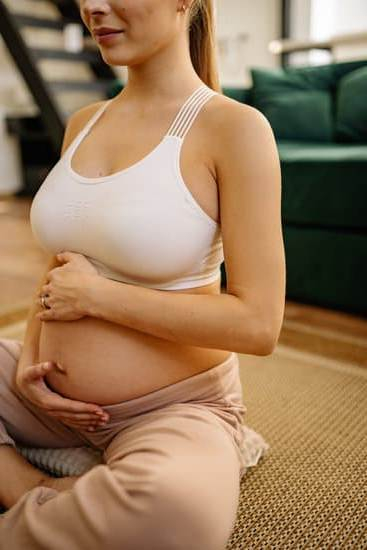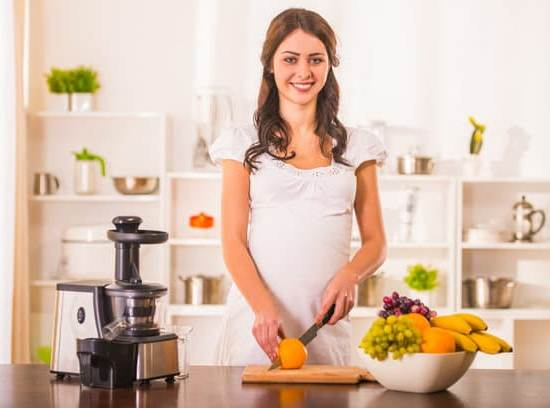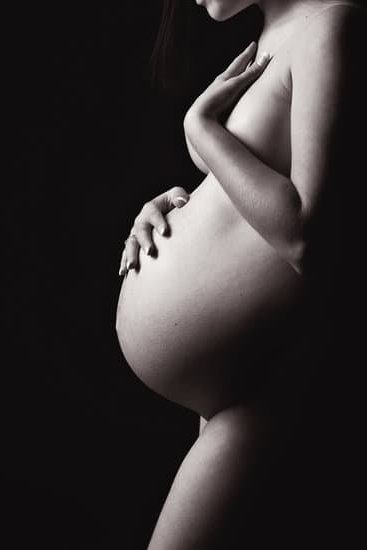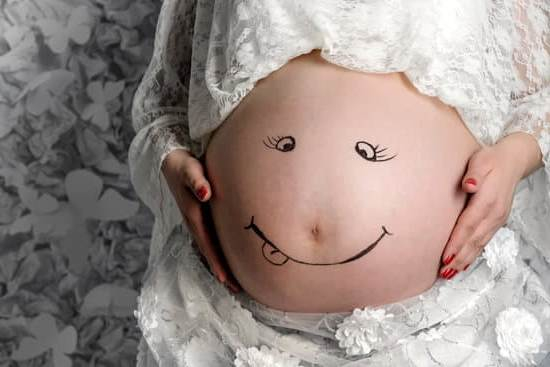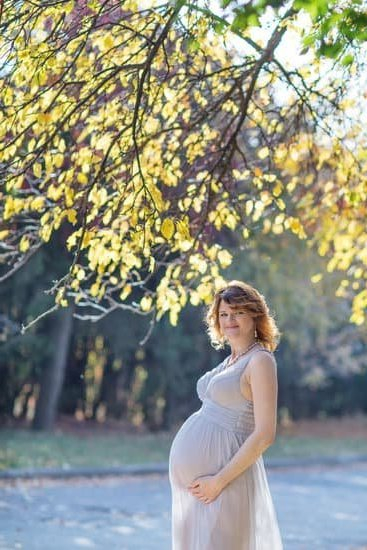?
A woman has a finite number of days during her menstrual cycle in which she is able to conceive. This number of days is known as her “fertile window.” The fertile window is typically six days long and includes the five days leading up to ovulation and the day of ovulation. Ovulation typically occurs 14 days before the start of a woman’s next period.
How To Increase Fertility In Women
There are many things women can do to increase their fertility. One of the most important is to maintain a healthy weight. Obesity can cause infertility, and being overweight can also make it more difficult to conceive. Women who are underweight may also have difficulty getting pregnant.
Another important factor is to get regular exercise. Exercise helps keep the body healthy and can improve fertility. Women should avoid intense exercise, however, as it can actually reduce fertility.
It is also important for women to eat a healthy diet. Eating plenty of fruits and vegetables is important, as is getting enough protein and vitamins. Women should avoid eating too much junk food and processed foods.
Finally, it is important for women to get enough sleep. Lack of sleep can reduce fertility. Women should aim for eight hours of sleep per night.
There are many things women can do to increase their fertility. Maintaining a healthy weight, getting regular exercise, eating a healthy diet, and getting enough sleep are the most important.
How Long Is A Woman’S Fertile Window
?
A woman’s fertile window is the time during her menstrual cycle when she is most likely to get pregnant. This window typically lasts for six days, starting five days before ovulation and ending the day of ovulation.
The length of a woman’s fertile window can vary from woman to woman and cycle to cycle. It is influenced by a number of factors, including the length of her menstrual cycle, the age of her reproductive system, and her hormone levels.
There are a number of ways to determine when a woman is most likely to ovulate. One of the most accurate methods is to track a woman’s basal body temperature. This involves taking your temperature each morning before you get out of bed. Your basal body temperature will rise slightly after ovulation, so tracking this change can help you determine when you are most fertile.
Another way to determine when a woman is most fertile is to track her cervical mucus. This involves checking the mucus that is discharged from the vagina. Cervical mucus will change in consistency and color throughout the menstrual cycle, and will be most fertile when it is clear, slippery, and stretchy.
If you are trying to get pregnant, it is important to be aware of your fertile window and to use contraception during the rest of your cycle. If you are not trying to get pregnant, it is important to use contraception during the fertile window to prevent unwanted pregnancies.
Is A Woman Most Fertile Just Before Her Period
?
There is a lot of debate surrounding when a woman is most fertile. Some people believe that a woman is most fertile just before her period, while others believe that she is most fertile right after her period. So, which is it?
The truth is that a woman is most fertile just before her period and right after her period. In fact, her fertility peaks about two weeks before her period and two weeks after her period. This is because her ovaries release an egg about 14 days before her period, and she is most likely to get pregnant if she has intercourse during this time.
After her period, a woman’s fertility begins to decline. This is because her body is getting ready to start a new menstrual cycle, and the ovaries will not release an egg. This is why it is less likely for a woman to get pregnant right after her period.
So, if you are trying to get pregnant, it is best to have intercourse two weeks before your period and two weeks after your period.
Fertility Tea For Women
There are many types of fertility tea for women on the market, but not all of them are created equal. Some of them are just blends of herbs that are said to help with fertility, while others are actually formulated to specifically target certain issues that can affect fertility.
One of the most popular types of fertility tea for women is chasteberry tea. Chasteberry tea is said to help balance hormone levels, which can help improve fertility. Another popular type of fertility tea is ginger tea. Ginger tea is said to help improve circulation and digestion, both of which can be important factors in fertility.
There are also fertility teas that are specifically designed to help with specific fertility issues. For example, there are teas that are designed to help improve egg quality, help regulate periods, and help reduce inflammation.
When choosing a fertility tea for women, it is important to choose a tea that is made with high quality ingredients and that is formulated to target your specific fertility issues.

Welcome to my fertility blog. This is a space where I will be sharing my experiences as I navigate through the world of fertility treatments, as well as provide information and resources about fertility and pregnancy.

